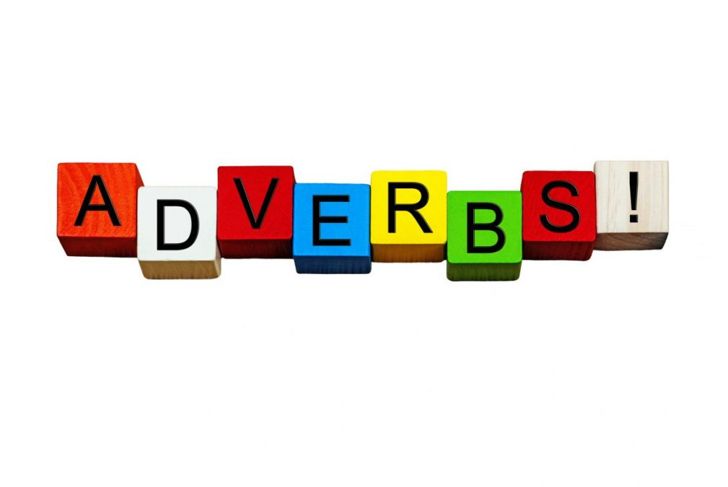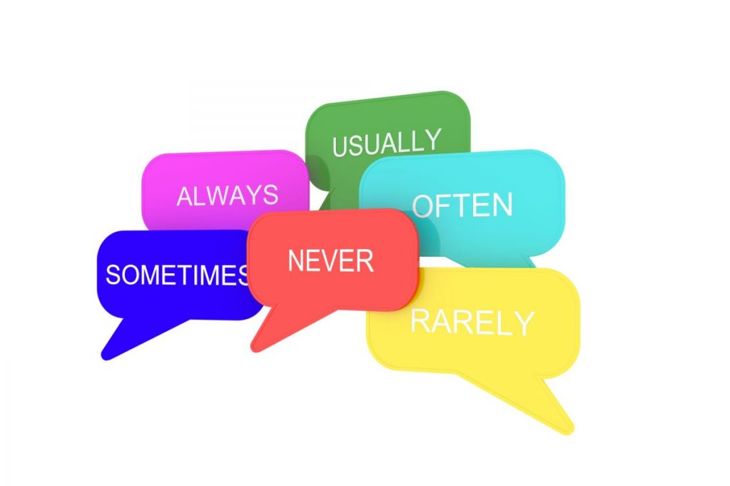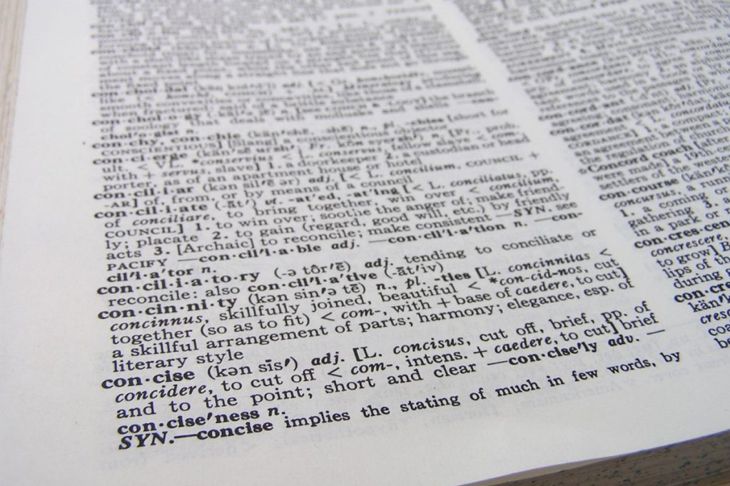Every word in the English language fits into a specific category. These categories include verbs, nouns, adjectives, articles, prepositions, conjunctions, and adverbs. Together these words are known as the particles or parts of speech. Knowing what each type of word is for and how to use it isn’t just a crucial skill for grammar teachers. Having a good understanding of how language works means you can write better quality sentences, and pass on your knowledge to others.
Types Of Adverbs
Adverbs modify other words in a sentence which means they give more information about how the action happens. They can describe how, where, when, and how action occurs. There are four main types of adverbs.
- Adverbs for manner: happily, sadly, greedily, joyfully, easily.
- Adverbs of time: now, tonight, tomorrow, yesterday, soon.
- Adverbs of frequency: sometimes, frequently, daily, never, often.
- Adverbs of place: ahead, there, inside, near, above.
Examples Of Adverbs
Many adverbs end in letters ly making them easy to spot. However, not all adverbs end this way, and there are many examples that don’t follow this rule. Here are some frequently used examples:
- usually
- recently
- exactly
- suddenly
- very
- really
- actually
- just
- hopefully
To decide if a word is an adverb or not, try using it in a sentence before a verb. If the sentence makes sense, then the word is an adverb. Remember that words can fit into more than one category of the particles of speech. To make sure, check the word in a dictionary which often shows examples of word use.
Using Adverbs
Regardless of the type of adverb, their use follows the same rules. The purpose of all adverbs is to describe or enhance the meaning of a verb, adjective, or even another adverb. They are an essential component of most languages. To create exciting writing, it is a good idea to vary the word types used. A sentence can be complete without any adverbs.
The cat ate.
But by including an adverb, the sentence becomes more informative and interesting. By using the adverb quickly in this example, the reader gets a clearer mental image of what is happening.
The cat ate quickly.
Examples Of Poor Usage
Depending on the purpose of a written text, there are grammatical rules for writing. If you write for a formal purpose such as a job application, then it’s a good idea to follow standard grammar rules. A famous example of poor usage is from a science fiction TV series.
“To boldly go where no man has gone before.”
The adverb is before the verb goes, which is called a split infinitive. Grammatically, “To go boldly…” would be more precise.
History Of Adverbs
The first dictionary was written in 1604 by Robert Cawdrey and did not label words with their type as modern dictionaries do today. People at this time knew what adverbs were, and school children also studied grammar. Word historians have shown that adverbs have changed a lot over time. In Old English, most adverbs end in the letter e. For example, heard was an adjective while hearde was an adverb. Over time the e changed to ly which is the most common ending for adverbs today.
Studying Adverbs
In modern education systems, children are taught the parts of speech including what adverbs are. Most curriculums that teach English expect a student over the age of 10 to be able to identify adverbs in a sentence. Schools use reading exercises and worksheets to teach the parts of speech, but there are new resources including songs and games which help reinforce learning too.
Where Adverbs Go In Sentences
Depending on the type of adverb used, it can be placed either before or after the word it is modifying. However, most often the adverb is placed after a verb.
The man looked happily at his work.
Adverbs can be placed at the start of a sentence which is called fronted adverbials.
Cautiously, she looked around the corner.
And adverbs can be used at the end of a sentence too:
They are going to the gym tomorrow.
Should Writers Avoid Adverbs?
It is standard advice given to writers that they should remove adverbs from their writing. Many editors and proofreading software recommend that writers limit adverb use to the lowest number possible while ensuring their work remains readable. The reason for this is that adverbs are always paired with a verb: ran quickly. Editors advise that writers use the fewest number of words needed for clarity. In this example, using a more powerful verb such as sprinted would be a better choice. Writing which uses fewer adverbs and more powerful verbs is more emotionally impactful, and a better choice for fiction writers.
When An Adverb Is Not An Adverb
There are some adverbs such as the word actually which have changed their use over the last few decades. Changes in word use are a typical feature of language evolution. The usual pattern is for younger people to change the emphasis or use of a word while talking with friends. Over time the new word use becomes accepted in verbal language and then may become accepted into written text. Because modern English is more controlled today than in the past with formal education and grammar rules, meaning changes in word use in written books now takes longer than it did in the past.
Quotes About Adverbs
Many quotes about adverbs illustrate how negatively writers view this part of speech. Remember adverbs are not always a bad choice in fiction writing, it depends on the context they are used.
The road to hell is paved with adverbs. Stephen King
Adjectives are the sugar of literature and adverbs the salt. Henry James
If you are using an adverb, you have got the verb wrong. Kingsley Amis

 Home
Home Health
Health Diet & Nutrition
Diet & Nutrition Living Well
Living Well More
More




















